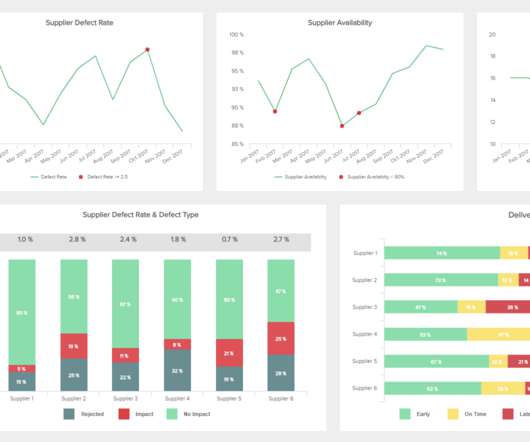Three Types of Actionable Business Analytics Not Called Predictive or Prescriptive
Rocket-Powered Data Science
OCTOBER 6, 2023
Here are a few business examples of this type of prescriptive analytics: Which marketing campaign is most efficient and effective (has best ROI) in optimizing sales? Which pricing strategies lead to the best business revenue? Now that we have described predictive and prescriptive analytics in detail, what is there left?














Let's personalize your content